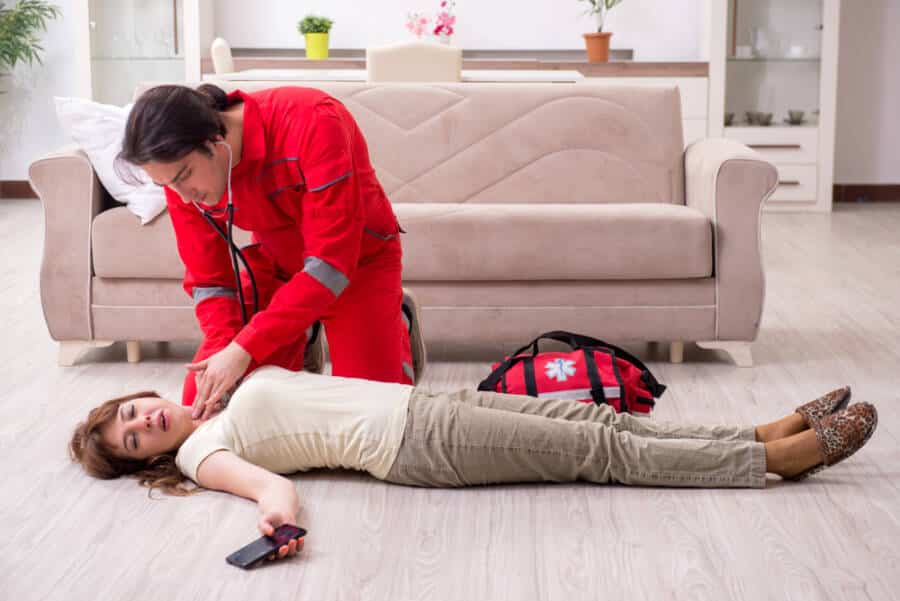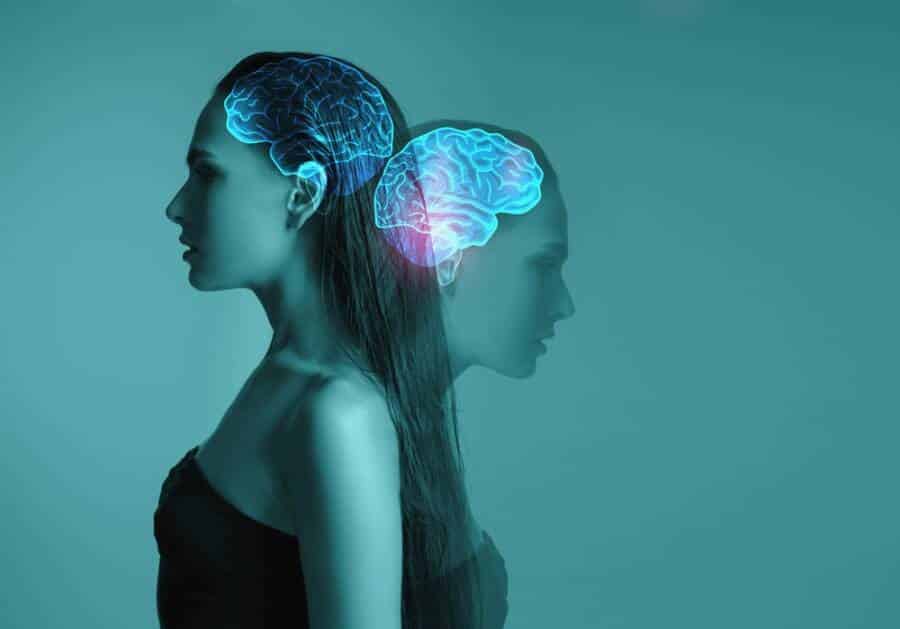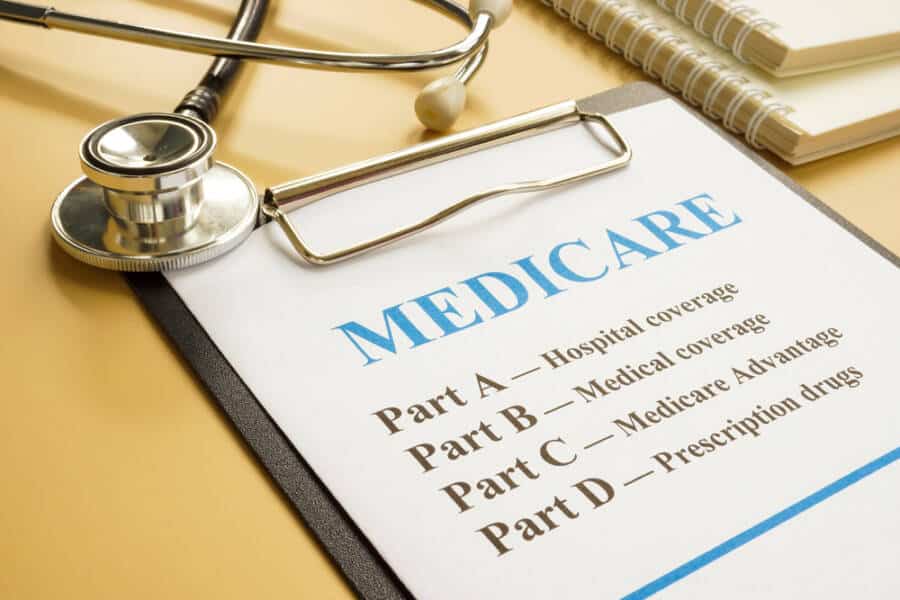
6 ) Fainting
Our brains are really sensitive when it comes to changes in blood flow and oxygen, which is why we may feel lightheaded. Fainting indicates a serious problem in your body that shouldn’t be ignored. Make sure you visit your doctor for a check-up as fast as you can.
To conclude, the symptoms of a blood clot in your chest area may be:
- severe pain in the arms
- sweating
- trouble breathing
- loss of consciousness
Are there any risk factors?
Of course! Even though many of us can suddenly get a blood clot, some people are more exposed to this kind of issue. Below, you can find a list of health conditions and factors that may indicate you have a higher risk of getting a blood clot:
- cancer
- cancer treatments
- atherosclerosis
- genetic disorders
- diabetes
- COVID-19
- family history of blood clots
- obesity
- pregnancy
- smoking






9 Responses
Very good information. Thank you.
Very informative. Recently pain in my left lower leg. Blood flow to my foot monitored to have a faint blood flow. I exercise as much I can before pain makes it difficult to walk. Continuing to monitor until appt in February. I’m quite concerned.
The article is well written in simple language and easily understandable.
I had CABG (Bypass Surgery) in 2018. I am taking Clopidogrel and Rosuvastatin once a day. I have now added on my own Nattokinase capsules once a day.
Hope it is good. I am a diabetic and taking antidiabetic medicines mild dose. For fatty liver 1grade I am taking Saroglitazar 4mg and Ursodeoxycholic acid once daily.
Any suggestions or remarks.
Good article and easily understandable.
Where are the symptoms you talked about?
I had a problem with my heart beat now and then, it feels like my heart has air pumping through, for maybe 15 seconds. I wore monitors 2 times but nothing shows up. A cardiologist told me to cut my coffee consumption down to 3 cups which seems to be working.
My father told me rowing a boat was one of the best excercises, which we did when we were young. I still believe that today. Typical rowing machines are not the same.
Thank you for allowing comments.
Phil
What kind of exercise can you get on oxygen and in a wheelchair?
The first time I had blood clots I started with pain in my legs but the pain kept moving up my leg. Eventually I ended up with pain in my groin and they were very concerned about it because it was a deep vein blood clot. I got them from traveling 6 hours and not getting out to walk around. I had a total of 5 blood clots that time. A year later I had knee surgery and about a month later I got pain in my leg and I had 2 that time.
Hi my name is Josie and I have been in cramping pain in my feet and legs could I have blood clots in my legs or could it been a nerve issue, this cramping pain keeps me up almost every night please help.
Thank you